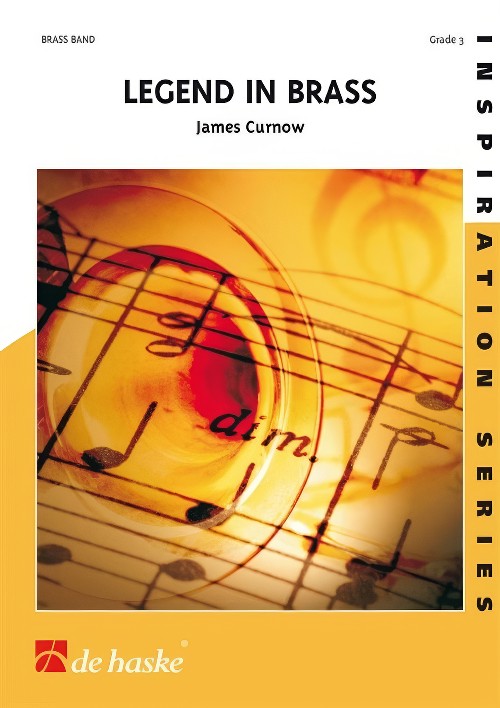We've found 83 matches for your search. Order by
Results
-
 £64.50
£64.50 -
 £74.60
£74.60Legend Of The Twelve Robbers - Michal Worek - Bertrand Moren
Estimated dispatch 5-14 working days
-
 £100.00
£100.00I Am Legend - James Newton Howard - Jiri Kadlec
Estimated dispatch 5-14 working days
-
 £119.99
£119.99 -
 £124.10
£124.10The Legend Of Zelda - Haim Saban - Michal Worek
Estimated dispatch 5-14 working days
-
 £66.60
£66.60 -
 £76.99
£76.99Legend in Brass (Brass Band - Score and Parts) - Curnow, James
Duration: 12.30
Estimated dispatch 7-14 working days
-
 £58.60
£58.60LEGEND FOR BRASS BAND, A (Brass Band) - Sporri, Andreas
Grade: Medium.
Estimated dispatch 7-14 working days
-
 £75.90
£75.90LEGEND OF HANS ROTH Solothurn 1382 (Brass Band) - Lorriman, Howard
Tone Poem. Grade: Easy/Medium. Recorded on Obrasso CD954 Forever Shining (Black Dyke Band conducted by Nicholas J Childs)
Estimated dispatch 7-14 working days
-
£25.00
